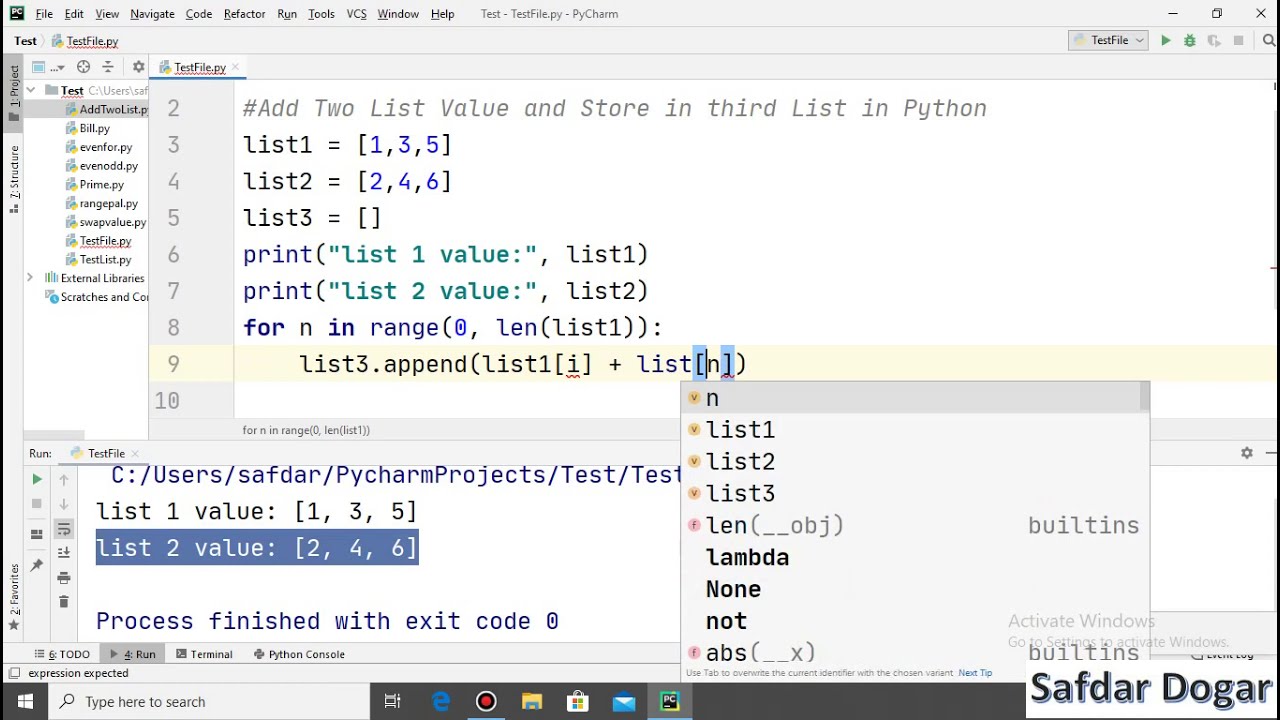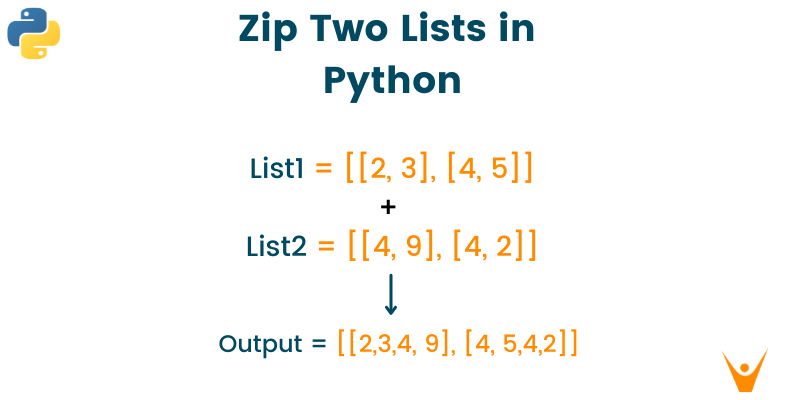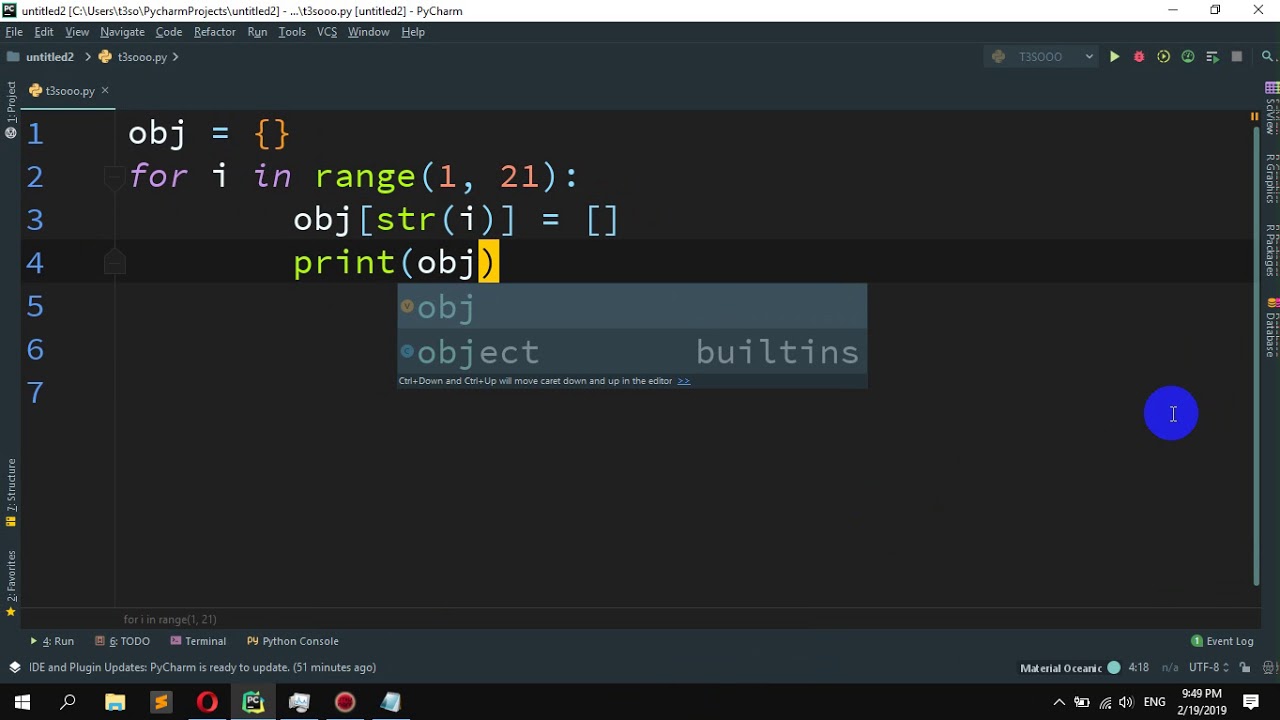How do I create a list from two lists in Python?
How do I create a list from two lists in Python?

To create a new list by combining the elements of two existing lists in Python, you can use the + operator or the extend() method.

Method 1: Using the + operator

You can simply add the two lists together using the + operator. This will create a new list that contains all the elements from both lists.
list1 = [1, 2, 3]
list2 = [4, 5, 6]
new_list = list1 + list2
print(new_list) # Output: [1, 2, 3, 4, 5, 6]
Method 2: Using the extend() method
You can also use the extend() method to add all the elements from one list to another. This method modifies the original list by appending the elements of the other list.
list1 = [1, 2, 3]
list2 = [4, 5, 6]
list1.extend(list2)
print(list1) # Output: [1, 2, 3, 4, 5, 6]
Method 3: Using the chain() function from the itertools module
Another way to create a list from two lists is by using the chain() function from the itertools module. This method returns an iterator that yields elements from the first iterable until it reaches the end of either iterable, then continues with the next iterable.
import itertools
list1 = [1, 2, 3]
list2 = [4, 5, 6]
new_list = list(itertools.chain(list1, list2))
print(new_list) # Output: [1, 2, 3, 4, 5, 6]
Method 4: Using list comprehension
You can also create a new list using list comprehension. This method creates a new list by iterating over the elements of one or more lists.
list1 = [1, 2, 3]
list2 = [4, 5, 6]
new_list = [i for i in list1 + list2]
print(new_list) # Output: [1, 2, 3, 4, 5, 6]
All of these methods will create a new list that contains the elements from both original lists. The choice of method depends on your specific use case and personal preference.
It's worth noting that when using the + operator or the extend() method, the resulting list is a shallow copy of the combined lists. This means that if you modify one of the elements in the new list, it will affect both original lists as well.
In contrast, when using the chain() function or list comprehension, the resulting list is a deep copy of the combined lists. This means that modifying an element in the new list will not affect the original lists.
How do I make a list of multiple lists in Python?

To create a list of multiple lists in Python, you can use nested lists. A nested list is created by enclosing individual lists within another list. This allows you to store and manipulate collections of lists.
Here's an example:
nested_list = [['apple', 'banana'], ['cherry', 'date'], ['elderberry', 'fig']]
print(nested_list)
When you run this code, it will output:
[['apple', 'banana'], ['cherry', 'date'], ['elderberry', 'fig']]
As you can see, nested_list is a list that contains three individual lists: ['apple', 'banana'], ['cherry', 'date'], and ['elderberry', 'fig']. These lists are often referred to as sublists.
You can access the elements of a nested list using indexing. For example, if you want to get the first element of the second sublist (i.e., 'cherry'), you would use the following code:
print(nested_list[1][0])
This will output: cherry
You can also manipulate the elements of a nested list using indexing. For example, if you want to replace the first element of the third sublist (i.e., 'elderberry') with a new value, you could use the following code:
nested_list[2][0] = 'figgy'
print(nested_list)
This will output:
[['apple', 'banana'], ['cherry', 'date'], ['figgy', 'fig']]
As you can see, the first element of the third sublist has been replaced with 'figgy'.
You can also use loops to iterate over a nested list. For example, if you want to print each sublist in nested_list, you could use the following code:
for i in range(len(nested_list)):
print(nested_list[i])
This will output:
['apple', 'banana']
['cherry', 'date']
['elderberry', 'fig']
As you can see, each sublist is printed on a separate line.
You can also use the append method to add new sublists to a nested list. For example, if you want to add a new sublist containing the values 'grape' and 'honeydew', you could use the following code:
nested_list.append(['grape', 'honeydew'])
print(nested_list)
This will output:
[['apple', 'banana'], ['cherry', 'date'], ['elderberry', 'fig'], ['grape', 'honeydew']]
As you can see, the new sublist has been added to the end of nested_list.
In summary, nested lists are a powerful tool in Python that allow you to store and manipulate collections of lists. You can access and manipulate the elements of a nested list using indexing, loops, and other methods, and you can use the append method to add new sublists to a nested list.





























